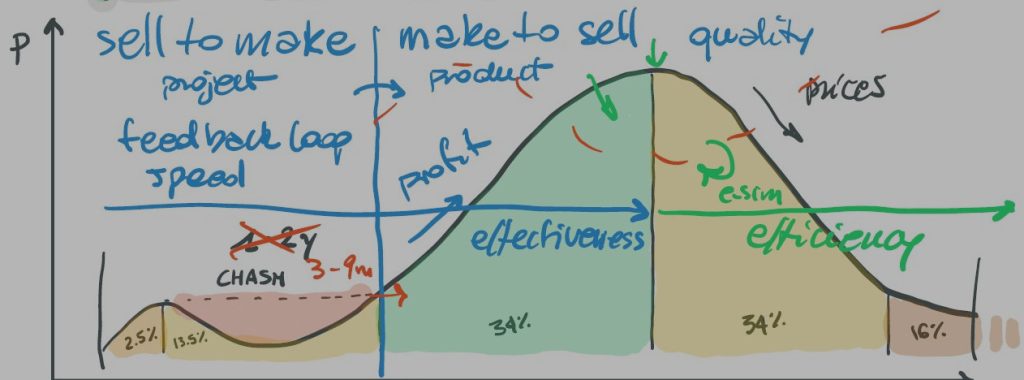To help managers facing the COVID-19 challenges in their organizations, we’ve launched a three part guide on Leading Through the Crisis. This guide is a direct result of our experience of coaching various teams and leaders immediately after the crisis hit and helping them find their new stability.
This guide is for your if you are a manager or a leader feeling as if caught between a rock and a hard place – trying to preserve business continuity and efficiency, be flexible and empathetic with your employees and be innovative about new ways of working, all at the same time.
Leading Through Crisis 1/3: How to be a Leader in a Time of High Complexity
Your everydaymodus operandi is different now. The teams you are responsible for now need to find new models of communication and coordination. They need to understand the impact of change on their efficiency, focus, quality….
What used to be a stable situation, with regular daily face-to-face stand-ups, planning and review meetings, now happens differently. Or it still doesn’t happen at all (because the teams are struggling with finding the right tools and methods)? How do you behave now in such a situation, as a manager responsible for those teams?
There are still deadlines and deliveries to be met, but the environment changed substantially. Do you revert to micro-management, and start calling around asking for reports every hour…? Do you introduce additional cadences just to make sure things happen as they should…? Do you keep the existing trust levels and do nothing, believing that everything will end up being fine?
The right behaviour here is that of a servant leader, with a touch of a coaching stance. You need to facilitate a swift action with your teams, in order to help them find the new stability. This is not an easy game, we know. You need to preserve and maintain the business continuity. That’s the first goal in front of you. Having this in mind might lead you into stepping in and overriding a democratic quest for new stability which might be happening within teams.
But, at the same time, making such a move might (and probably will) undermine the self-organization and autonomy of the teams, that you’ve been building for years… That would also have a negative impact on your culture. And, preserving the culture is probably a second goal you have in front of you. Just as important as the first one. So, quick timeboxed safe-to-fail experiments, retrospectives, information radiators, communities of practices… are the tools you need to use heavily now.
Need help with that? We’ve spent recent weeks coaching a large number of teams into finding their new stability, and we have a good set of tools and practices to be able to help you remotely. Let’s talk about it!
Photo by Markus Spiske on Unsplash
Falls Sie Fragen haben, sind wir nur einen Klick entfernt.


